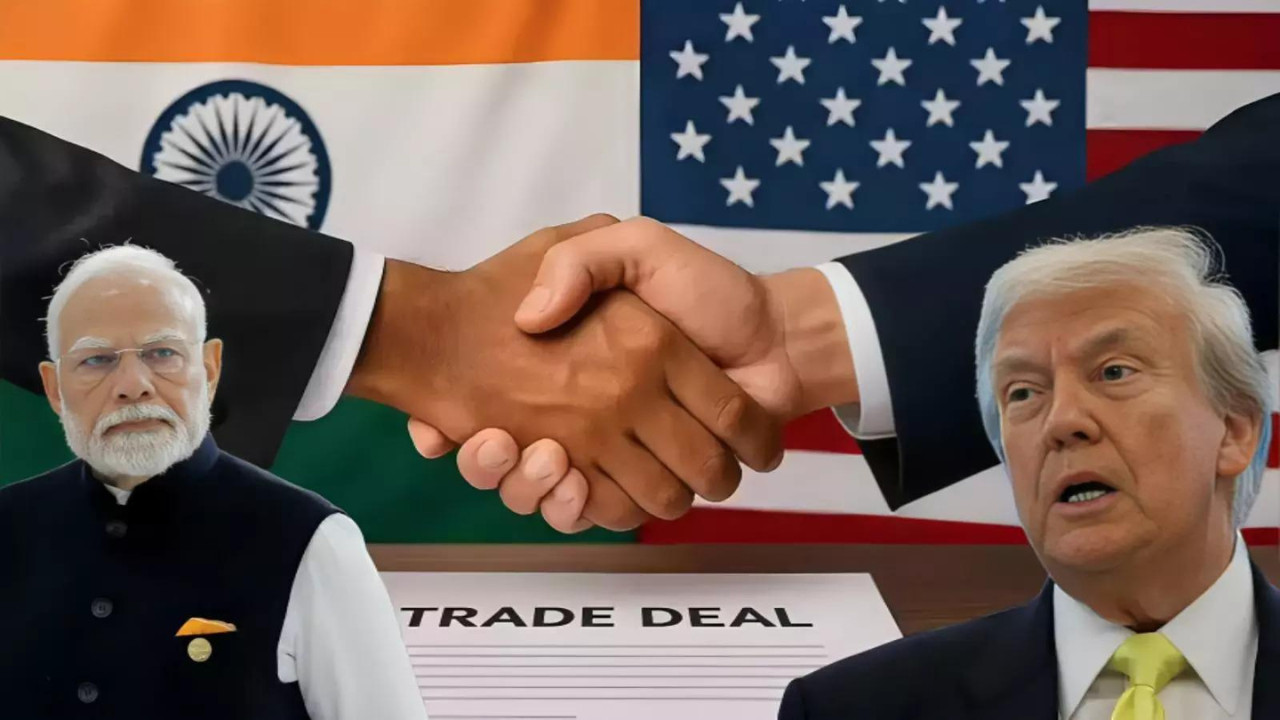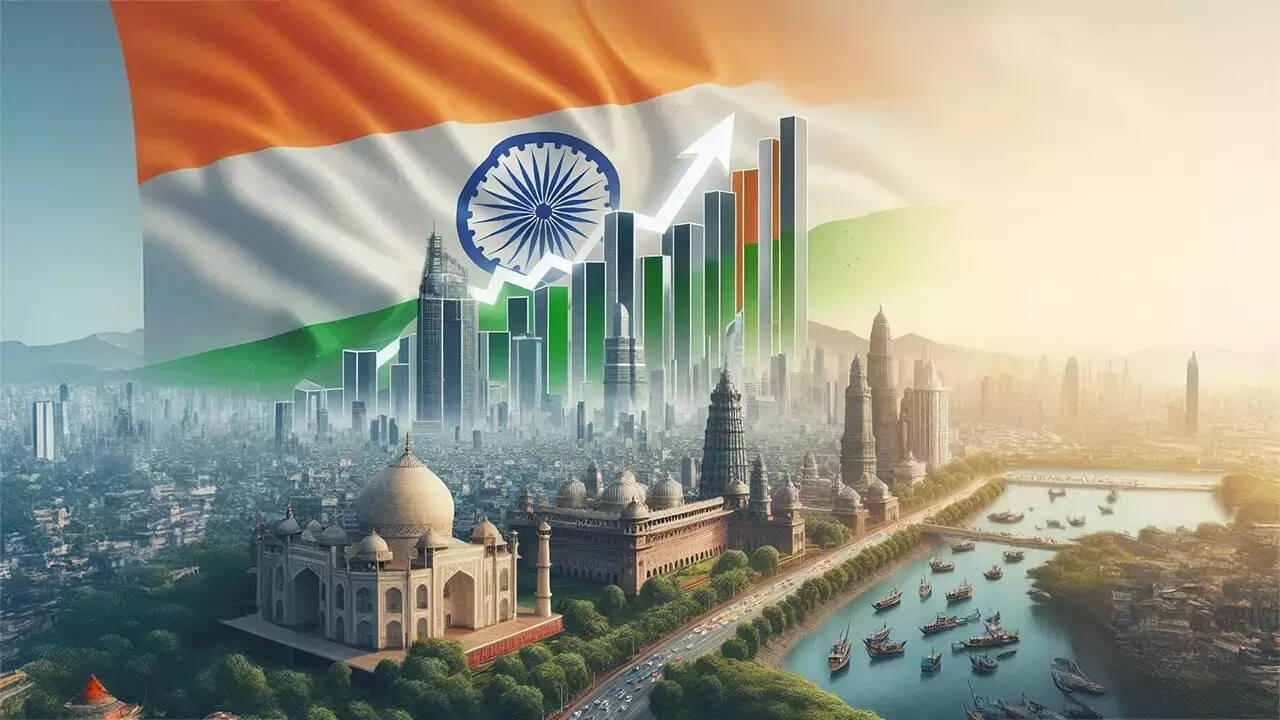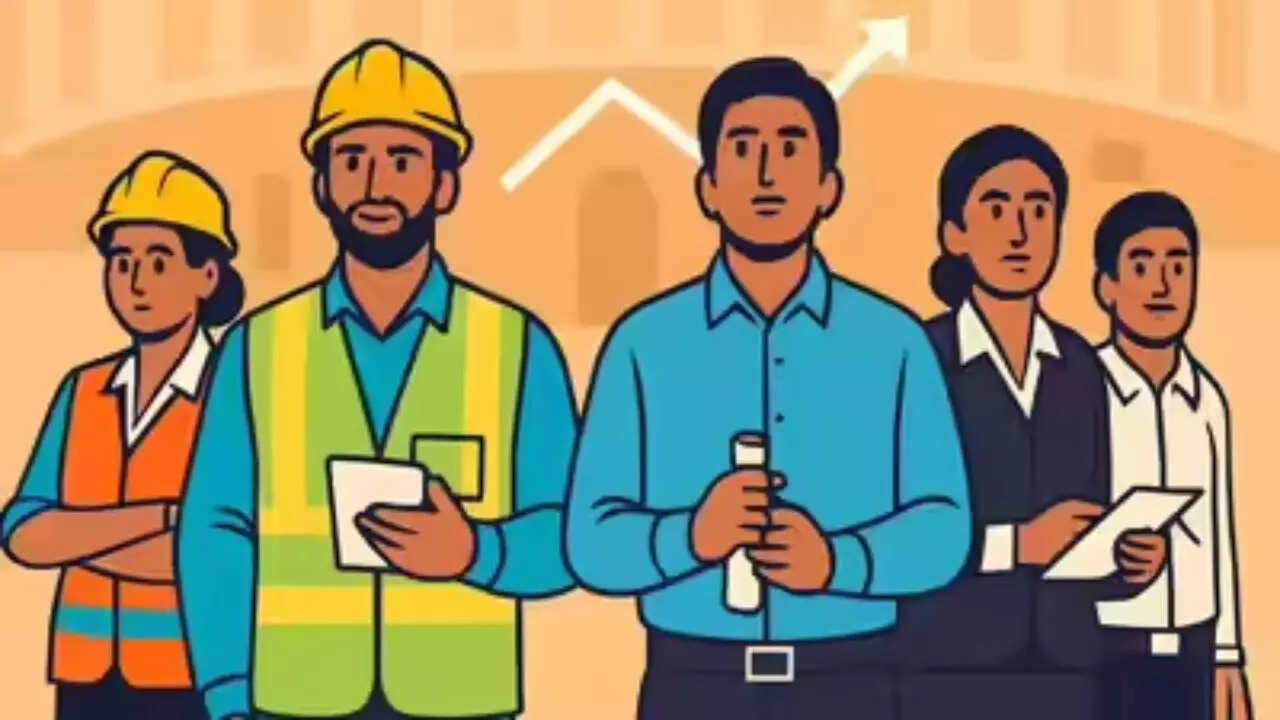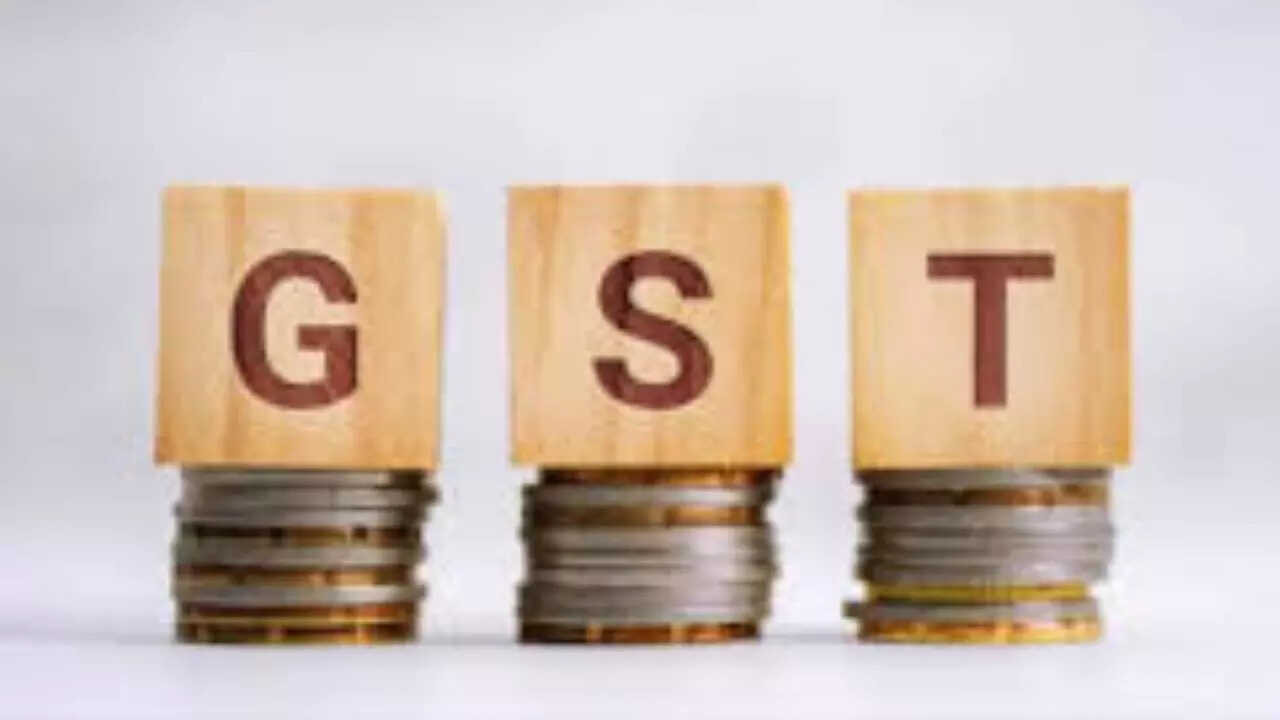India’s retail boom is shifting beyond metros, with Tier II and III cities now leading organized retail expansion. Rising incomes and evolving consumer tastes for lifestyle experiences are fueling this growth. Cities like Raipur, Vizag, and Bhubaneswar are becoming key hubs, attracting brands and investors eager to tap into new, aspirational audiences.
The Rise of Bharat Bazaar: How Smaller Cities Are Reshaping India’s Retail Landscape
Forget the glitz and glamour of Mumbai or Delhi for a moment. The real action in India’s retail sector is increasingly unfolding in the vibrant, often overlooked, Tier II and Tier III cities. We’re witnessing a fascinating shift, a “Bharat Bazaar” moment if you will, where consumer aspirations and burgeoning economic growth are converging to create unprecedented opportunities. But what’s actually fueling this surge? It’s a multifaceted story, and understanding it is key to grasping the future of Indian commerce.
One of the biggest drivers is simply increased purchasing power. Years of sustained economic growth have trickled down, boosting disposable incomes in these smaller cities. People have more money to spend, and they’re eager to spend it on things that enhance their lifestyles – from branded apparel and electronics to enhanced dining experiences. No longer content with limited options, they crave the same choices as their counterparts in metropolitan areas. This rising affluence is a game-changer.
This isn’t just about more money, though. It’s also about shifting attitudes. There’s a growing awareness and aspiration towards branded goods and a modern lifestyle. Social media and increased internet penetration play a crucial role here, exposing consumers in smaller towns to global trends and creating a desire for the latest products. What’s on display in Instagram reels or YouTube reviews quickly becomes a must-have, regardless of location.
But it’s not just about demand; supply is adapting too. Major retailers are recognizing the untapped potential in these markets and are strategically expanding their presence. They are moving beyond the saturated metros, opening stores and distribution centers in Tier II and Tier III cities to cater to this new wave of consumers. This expansion is often facilitated by the availability of relatively cheaper real estate, making it more attractive to set up shop compared to the sky-high costs in major urban centers.

Another critical factor is the improved infrastructure. Better roads, increased connectivity, and reliable power supply are making it easier for retailers to operate and distribute goods effectively. These infrastructural improvements are crucial for seamless logistics and supply chain management, enabling businesses to serve customers efficiently in these growing markets. This progress removes significant hurdles that previously deterred investment and expansion.
Moreover, the rise of e-commerce, while initially seen as a threat to brick-and-mortar stores, is actually complementing and accelerating the growth of retail in smaller cities. Online platforms have created awareness and demand for a wider range of products, which then translates into increased foot traffic for physical stores as consumers seek to touch, feel, and experience the products firsthand. This synergistic relationship between online and offline retail is proving to be a powerful catalyst.
The impact of this retail shift extends far beyond just increased sales figures. It’s creating jobs, boosting local economies, and empowering entrepreneurs in these regions. Local businesses are adapting to the changing landscape, offering complementary services and products, and contributing to a more vibrant and diverse retail ecosystem. This localized economic stimulus is a key benefit of the “Bharat Bazaar” boom.
This shift also has implications for the real estate sector. The increased demand for retail space is driving up property values and spurring new construction in Tier II and Tier III cities. Developers are focusing on building modern shopping malls and retail complexes to cater to the evolving needs of both retailers and consumers. This construction boom, in turn, further contributes to economic growth and job creation. Explore how commercial real estate trends influence investment decisions.
In conclusion, the surge in retail activity in India’s Tier II and Tier III cities represents a significant and transformative trend. Fueled by increased purchasing power, changing consumer attitudes, strategic retailer expansion, improved infrastructure, and the symbiotic relationship between online and offline channels, this “Bharat Bazaar” moment is reshaping the entire Indian retail landscape. This isn’t just a fleeting trend; it’s a fundamental shift that will continue to drive economic growth and opportunity in these often-overlooked regions for years to come.







